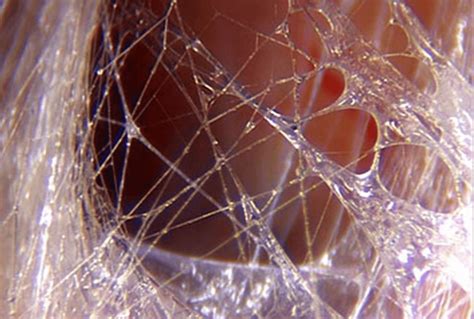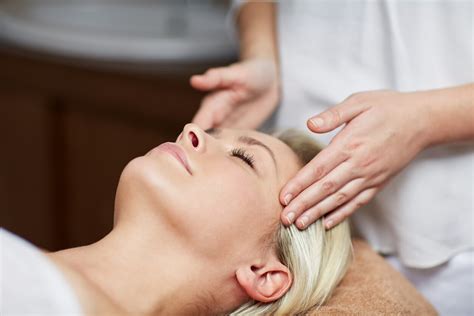Fascia: The Hands On Treatment that Changes Everything

Getting Manual Work With Your Fascia supports Overall Health and Wellbeing
About 1-2 years ago, I listened to a podcast about the “Interstitium”. Perhaps you have never heard of it. It is a fairly new term. And we know that sometimes it takes time for a new idea to come take hold. So, I thought I’d give the Interstitium and Fascia work a little boost out here on the web. So here we are.
Let’s begin by defining Fascia and it’s relationship to the Interstitium.
Fascia is a type of tissue that looks like a web inside your body. If you could imagine that underneath your skin there is a living matrix wetsuit superficially. This fascia tissue travels deeper and through almost everything in the human body: around bones, organs and it basically holds us all together. In your mind, if you could continue to see it-and sense into it, you’ understand it as a strong elastic type of material that stretches and connects throughout. Fascia is made up out of elastin, collagen and ground substances.
The interstitium is a relatively new area of study in manual therapy. It’s a vast network of fluid-filled spaces that surround cells and tissues, and it plays a key role in how fluids move through the body. By working with both the fascia and the interstitium, therapists can support the movement of these fluids and encourage more efficient flow, which can help the body recover from injury, decrease inflammation, and promote overall health.
This integrated approach, which addresses both the connective tissue (fascia) and the surrounding fluid networks (interstitium), helps create a more holistic, balanced experience for the body. The combination of fluid dynamics and fascial release is what makes manual therapy working with the fascia and interstitium so powerful and restorative.
How Does a Manual Therapist Work with the fascia and Interstitium?
1. It’s key to work slowly and gently whether the therapist does Craniosacral Therapy, Myfascial Release or Deeper Structural Integration. The connected touch feels like a deep stretch, lengthening and spreading vitality to the surrounding tissues. When the therapist listens, the fascia will always lead to the easiest way to unwind and free of movement and space.
2. It’s also quite common for people to feel more fluidity with fascial work. This is where the instertitium comes in because it allows motion and enhances functioning.
3. Manual Fascial Therapy often releases deep tension patterns. Here is where some of the therapies may vary in approach. With Ida Rolf’s work, generally the touch is more assertive. The other end of the spectrum is gentle, light touch Craniosacral Therapy.
4. You may gain greater awareness of your body. Touch is a great way to mirror back the sensations in your body. You may feel a greater sense of connection to the many internal influences that optimize your body’s health and wellness.
5. The effects of fascial work is profound. You may walk away feeling so calm and peaceful. Often people feel more balanced inside but also in how their body stacks up. This can mean better grounding and use of movement. When the fascia is better organized, it is more efficient in everything it does. With muscles but also in promoting organ health too with mobility and motility.
6. Both the fascia and the interstitium are connected to emotions. For example, when a person experiences a physical or emotional trauma, that may hold in the tissues and contract to protect. While this is super efficient short-term it’s important to find balance and length again so misalignments don’t compensate permanently.
7. If you want to feel more at home in your body, fascia and interstitum work can help you reach your goals. It’s always best to optimize what you have.
A little bit about Sharon Hartnett (author):
I studied Massage in the 1990’s. Later studying Ida Rolf’s work at the Institute for Structural Integration. Later in the early 2000’s I got turned on to Craniosacral Therapy. Truly I love both of these approaches to keep the fascial body healthy. One (SI) is definately a stronger approach. However, the Craniosacral Therapy is so gentle that body is more apt to work more effectively. It doesn’t fight any of the technique. More recently, I have studied Visceral Manipulation at the Barral Institute for about the last 10 years. This looks at the organs and the tissues connecting and surrounding. Mobilizing the tissues can actually help the organs to functure better. So all this work is vital to keep peope healthy. Getting unstuck nourishes the body and cleans up what no longer needs to be held. I love this work!
Sharon Hartnett CST-D
614 653-8111
www.craniosacraltherapistcolumbus.com





